In the gritty trenches of indie game development, nestled somewhere between the deep regret of sixty dollar DoorDashed Taco Bell orders and the constant ever present threat of alcoholism (we call that the curse of the tech worker), there’s a wild, seductive allure to birthing a brainchild entirely from the depths of one’s own chaotic degeneracy. This was the dream, the grand delusion I chased with Mimick—a side-scrolling quest through pixelated mayhem, my would-be magnum opus in the sprawling saga of niche digital artistry. So I thought.

Yet, sour grapes aside, as with the best laid schemes of mice and code-slinging men, the beast of reality pounced with a vengeance. Mimick, my labor of love and lunacy, devolved into an unfinished symphony—half madness, half genius, a stark monument to the soaring ecstasies and murky despairs of game crafting and necromancy.
Here lies the corpse of my aspirations, for better or worse dear reader, in the form of a post-mortem—a dark, twisted love letter to the game that could have been. Let me take you on a spiraling dive through the chaos and the madness that swallowed my days, detailing the harsh lessons learned from a dream that stubbornly refused to pierce the veil of commercial existence.
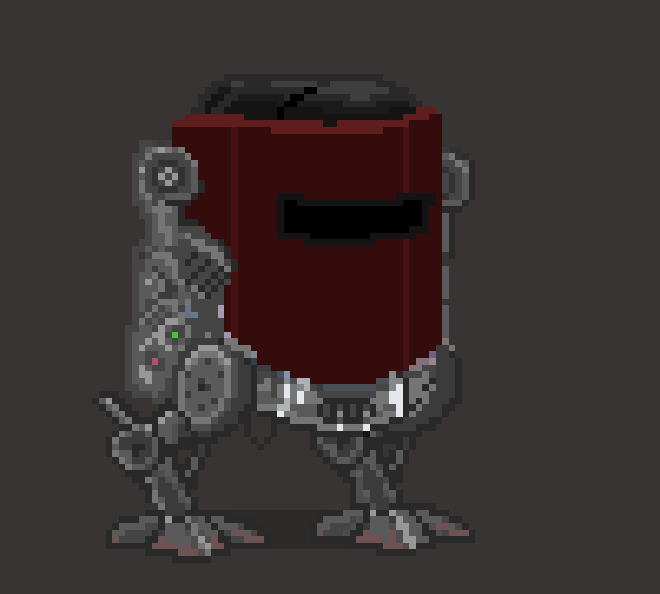
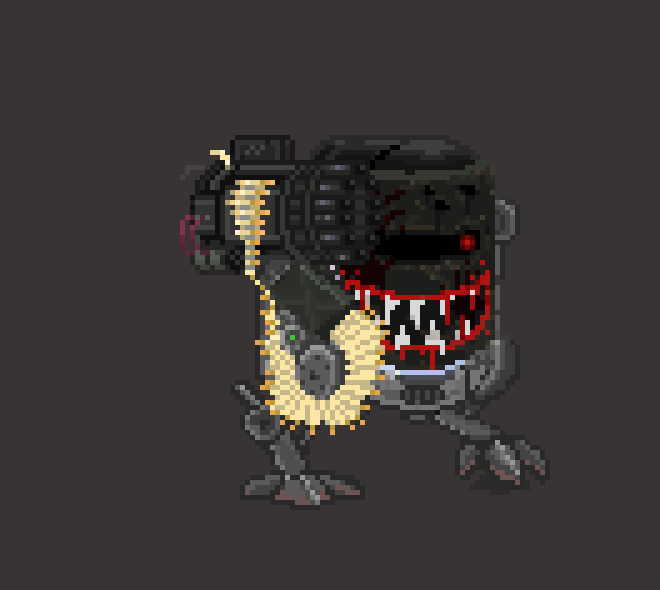
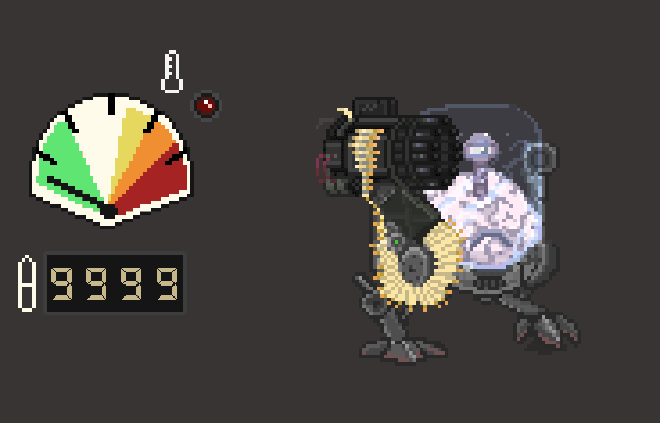
Humble Beginnings #

In the neon-drenched shadows of a technological wasteland, Mimick was conceived—a wild idea fueled by a cocktail of madness and a waterfall of Pabst Blue Ribbon. This game was meant to be an odyssey through evolution, beginning in the grim bowels of a futuristic waste heap, where our protagonist—a genetically engineered brain, deemed defective, is discarded like a piece of rotted detritus and evolve-or-die survival—first sparked to life.
Players would have navigated this creature through the steel-clad guts and pulsing electric nerves of a sprawling science complex buried in the heart of a cyberpunk city. From humble beginnings, you would be relegated to nibbling on rats and scavenging tech detritus, the creature would have morphed, grown, twisted into something formidable, absorbing the very essence of biological and technological refuse.
The grand vision? Oh, it was a spectacle—platforming and action melded with a splash of horror and grim comedy, all guilded in a cloak of razor-sharp pixel art. Imagine cobbling an arsenal together from mere trash and arming yourself with everything from a chaingun to a microwave shotgun—yes, a damn shotgun that fires with hamsters for ammo, fed via a habitrail system! Glorious.
The climax was to be a mad dash for freedom, tearing through the city on a hotwired mobility scooter, taking to everything from the streets, to the rooftops, crashing through office building windows, dodging the cold, calculated pursuits of containment specialists as they take after you on foot, vehicle, helicopter, hover bikes, and boats, culminating in a fuck off hard Metal Slug style boss fight with a mech at the end. A perfect storm of chaos and beauty, that’s what Mimick aimed to be—my fever dream of destruction left agonizingly unrealized.
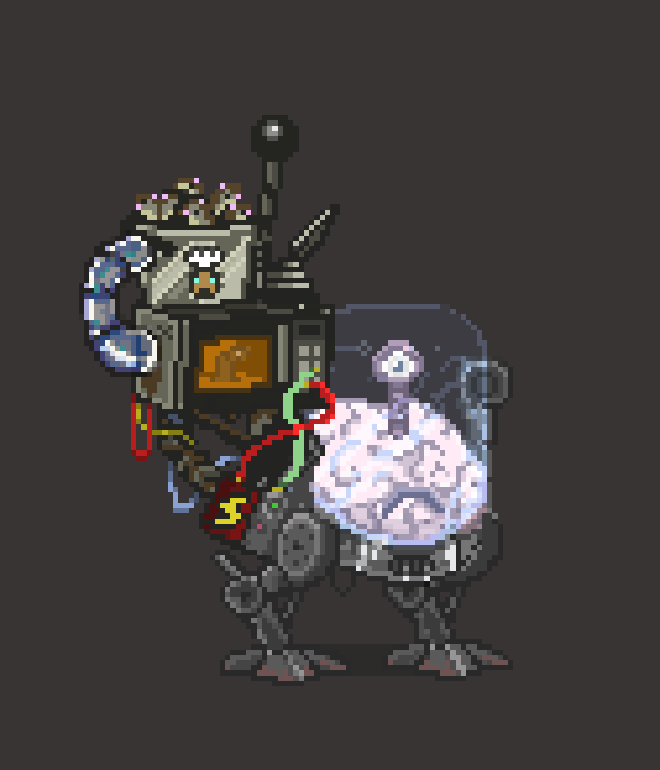
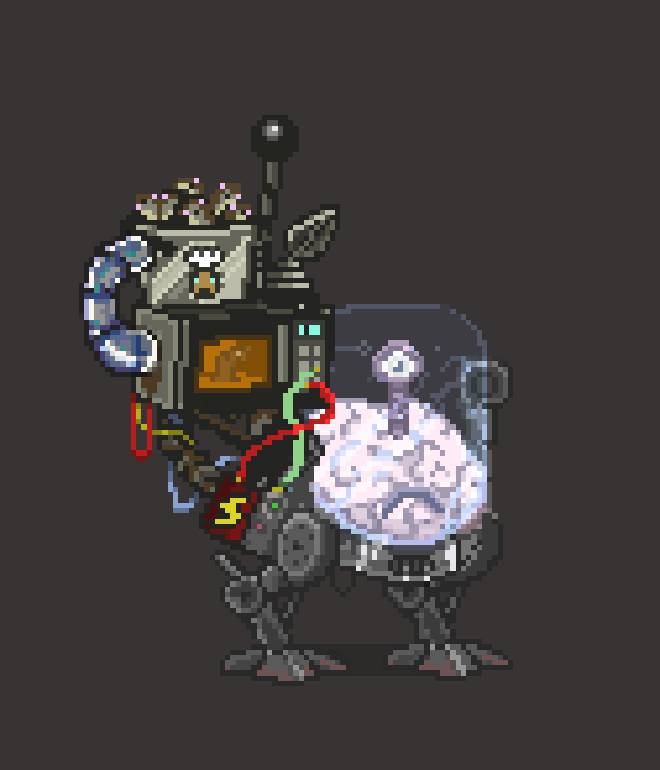
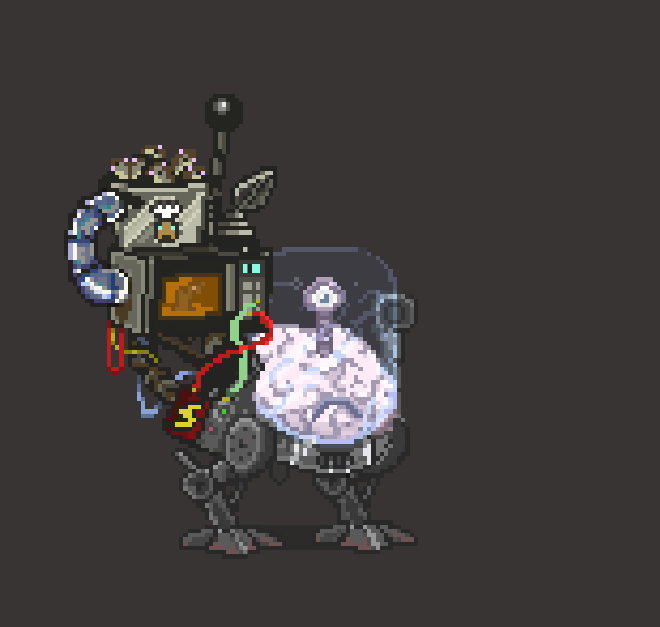
Unforeseen Consequences #

As the saga of Mimick unfolded, it quickly turned into a high-speed, headlong thrust into a deep canyon of overambition.
A lone wolf developer wrestling with a beast of a project whose appetite was vast, voracious, and utterly unconcerned with the meager offerings of my limited resources. Ever hungry, ever unsatisfied, it yearned for my time, my money, and my undivided dedication. The all-too-common casm of feature creep and devising new ways to form a one man circular firing squad of only the best layed intentions paving your way over the cliff. Each step forward was a slog through the muck of coding and creativity, each stride an exhausting battle to mold my wild, sprawling vision into something that resembled a cohesive game. I shouted at the tide.
Then, out of the blue, like a shot of adrenaline straight to the heart, Microsoft came calling with an offer to join the ranks of the mighty, to lend my skills to the colossal endeavor that was Halo Infinite. How could I refuse? It was a rocket ride to the big leagues, after all. I had made so much progress on the game by this point, working late hours over the course of 6 months or so, and now it was to be that Mimick, my brainchild, had to be shoved into the icy depths of developmental limbo, never to see the light of day again.
Slowly it would be left to die the death of a thousand tiny cuts, left to languish incremental losses on one failed hard drive to the next over the course of the next few years as it lived on life support via a USB drive shuffled between scuttled macbooks that died valiantly serving me, one after the next, but even that mechanical USB stick it was held on with a comical version of dog that would hump your computer while you transfered files over to it would succumb with enough time. The source files would be lost, animations that took hours would bite the dust, my contingencies of git repos and external hard drives would be stripped from me one after the next to various catastrophies as everything seemed to conspire to fail me in my attempts to preserve this creation. I was the guarantor of a kingdom of sand castles, ever crumbling.

Time marched on, and Mimick became a ghost in the machine of my past, a spectre of ‘what could have been’ and left largely forgotten about as I chased sexier dreams and endeavors as they began to roll in from my newfound success as a UX designer. That is, until I unearthed the relics of its existence—fragments of levels, scraps of concept art, lines of code that whispered of a dream deferred, the only gory remnants not crusted with age and rot. Sifting through these pieces, I will admit that I was struck by a bittersweet cocktail of nostalgia and regret.
Yet, as I pored over these artifacts, a tinge of inspiration began to rise from the ashes of Mimick. In an instant, it rekindled the why of it all—the unfettered joy, the wild creativity, the sheer thrill of conjuring worlds from the ether with nary but a pixel grid and free time before me. There were no daily standups, no SCRUM calls to be had, there were no seatbelts on this ride as I careened 180 mph down that road, this was an exercise in pure creativity that bucked every convention for the sake of manifesting something in my brain, I was doing it my way. And though Mimick might remain just a shadow in the vault of my creative endeavors, the spirit endures, fueling my journey with hard-earned wisdom and a renewed passion for the art of game development. The beast was caged, but the dream—it dances on, wild and free.
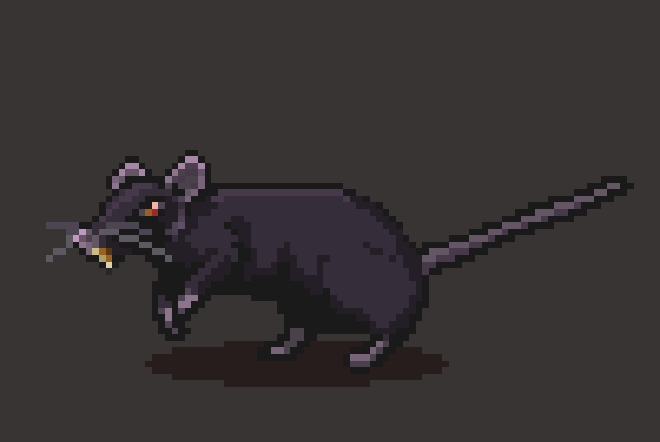
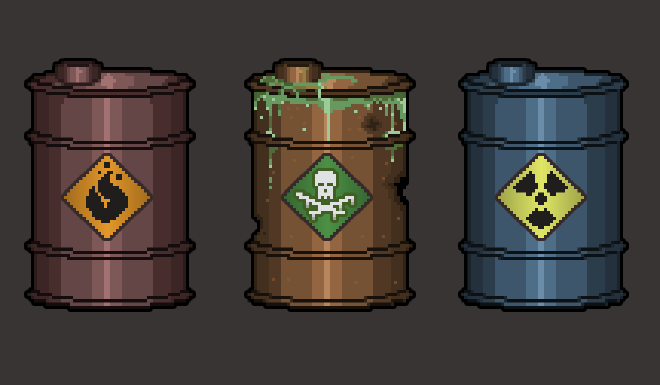
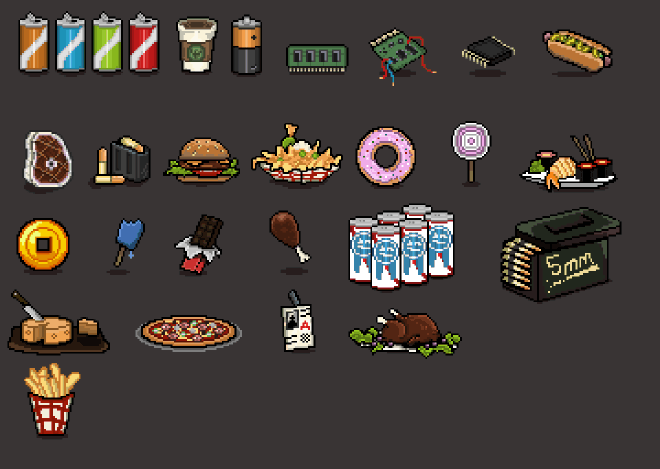
Blood in the Water #
In the realm of Mimick’s development, character design wasn’t just a task—it was always a mission, a multi-stage rocket that would require intense planning from launch to breaking free from the gravitational pull of my own gravity that seemed ever-threatened to shake the whole damn thing to pieces. Every evolutionary leap of the creature, from its genesis as a mere brain dragging itself through rusty metal and rodents, to its terrifying zenith as a behemoth of flesh and metal, was an odyssey in artistic frenzy. Each form was a vivid tapestry woven with the threads of potential destruction and survival, making Mimick not just a character but a morphing landscape of horror and wonder.
Then there was the stealth system—a devious twist in the gameplay that added a rich layer of complexity for the player. To slither unseen through the winding corridors of the science facility, players had to morph into the very apex predators of their environment: the scientists, the containment specialists, and the test subjects. This wasn’t just about slapping on a lab coat; it demanded the mastery of human quirks and cues, a high-stakes game of mimicry where a wrong move could mean exposure. It meant assimilating other failed experiments, as well as not only conquering those stronger than you, but consuming them in your voracious pursuit of perfection.
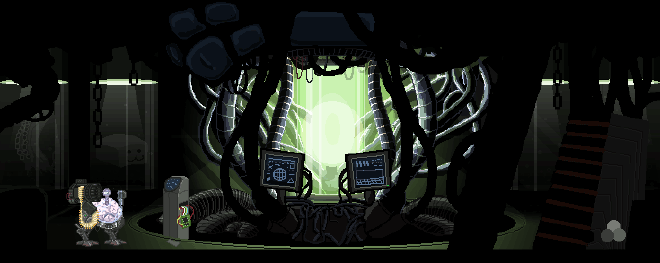
This creature didn’t just disguise—it devoured. Assimilating scientists wasn’t merely about changing skin; it was about siphoning memories, skills, their very essence, making strategic choices about whose abilities would best serve the quest for survival.
And let’s not forget the biometric madness—those readers scattered like landmines throughout the facility, each demanding a piece of someone to grant passage to frustrate the player in their attempt at escaping the lab. This wasn’t just a game of hide and seek as you navigate access vents, floor grates, and the occasional toilet–but an evolutionary puzzle, forcing players to adapt, evolve, and sometimes literally grow the keys to their progression.
In the mad, mad world of Mimick, survival was an art form, and every shadow a doorway to deeper darkness.
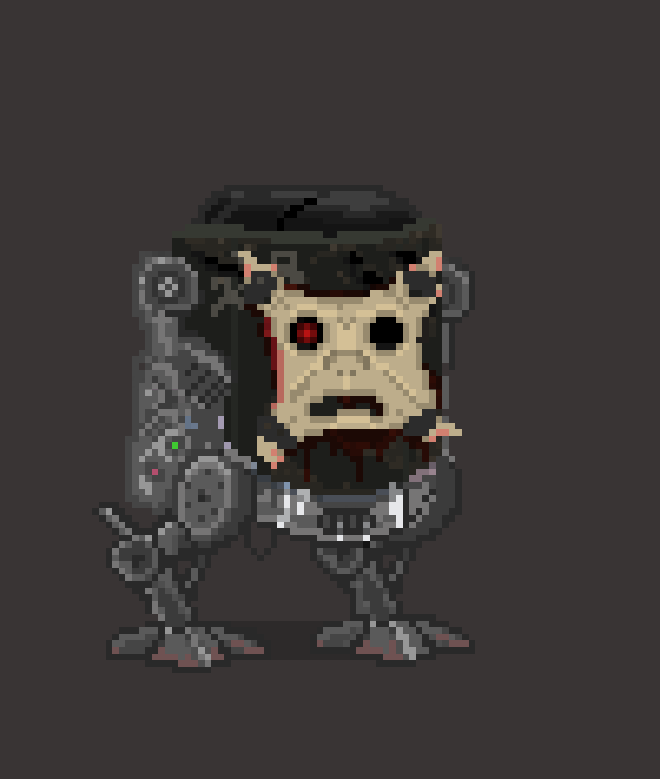
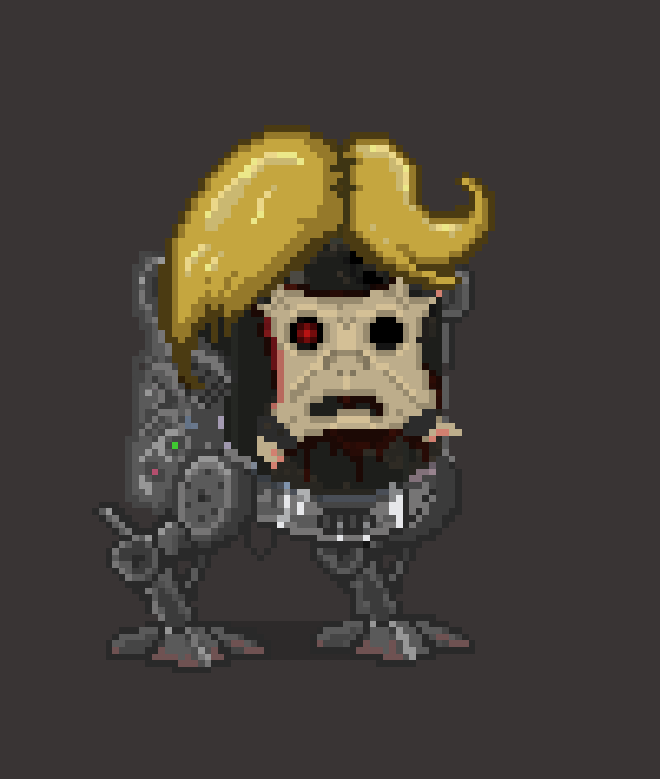
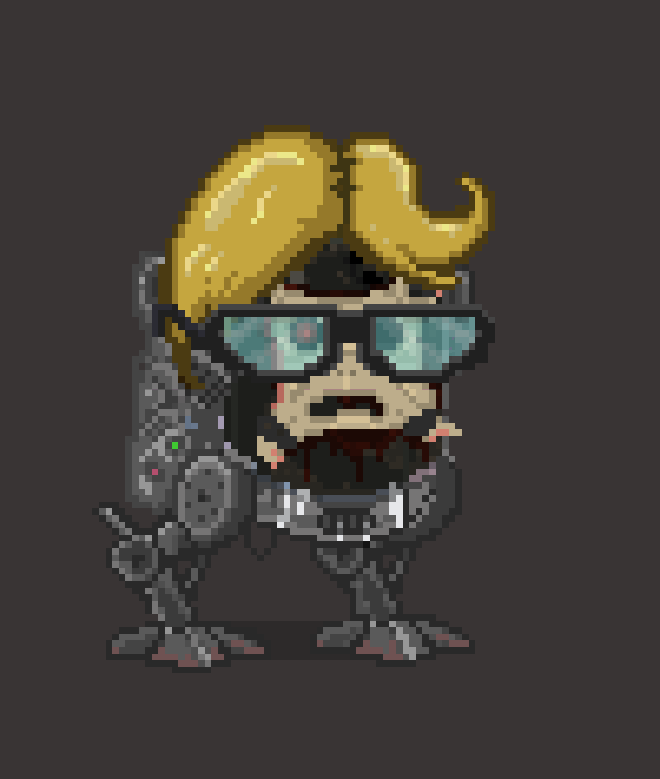
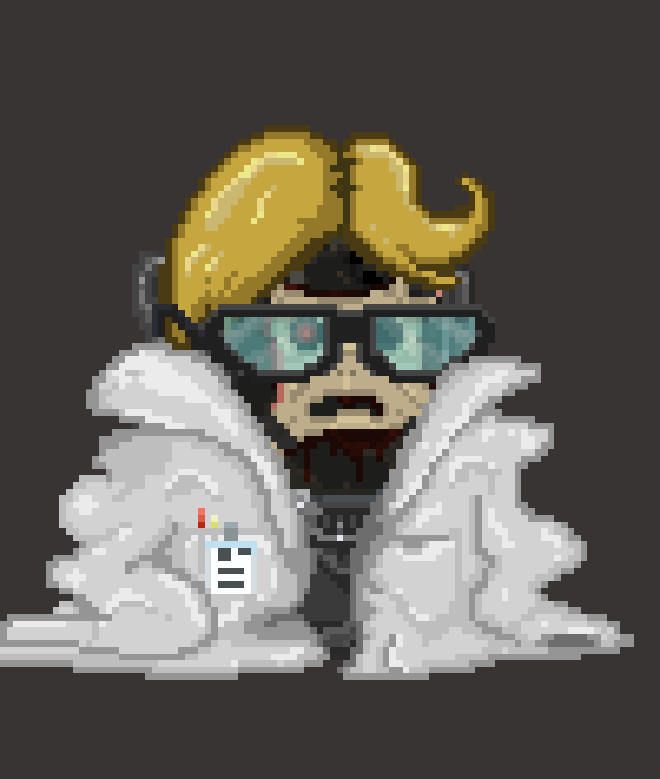
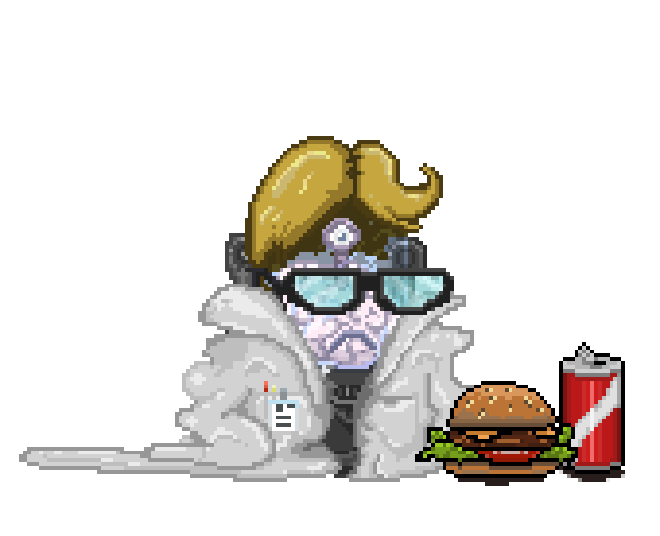
Audible Audacity #
The unrelenting quest to conjure the sonic landscape for Mimick was never lost on me. This game was intended to be nothing short of a full-blown assault on the senses, a crucial endeavor to mainline the sinister pulse of an insomniac city into the very veins of the game. Holed up an in inner-city Chicago apartment at the time, the urban jungle outside became more than just scenery—it was an infinite well of raw, nocturnal inspiration for this endeavor.
As the city’s nightlife erupted each evening, with sirens (and the occasional gunshots) roaring like lions in the distance, punctuated with the shrieking sound of train brakes from the L, and the assorted distant rumble-rabble of the metropolis, I was in the thick of it, my makeshift studio crammed with synthesizers and tangled audio rigs, I was a mad scientist weaving the essence of nighttime Chicago into the auditory fabric of Mimick. What emerged were tracks that swung from the deep, brooding whispers of the city’s underbelly to the adrenaline-soaked tempos that raced like a fugitive’s heartbeat.
But crafting Mimick’s music wasn’t merely about echoing the cacophony of urban decay; it was a deep dive into the psyche of my creation. The eerie melodies mirrored the creature’s twisted odyssey of evolution, while the frantic beats of the chase scenes throbbed with the terror of the hunt. It was a frenetic buffet of sound, matching every move and countermove in the game’s shadowy world. Gory, deep fried sounds I could get for free from the environment around me to serve up like the audible version of a Golden Corral from hell.
Navigating this labyrinth was fraught with technical beasts—balancing the synthetic with the organic, ensuring each track sliced through the gameplay with crystal clarity. Yet, with every track laid down, I edged closer to the bleeding heart of Mimick, intertwining gameplay, visuals, and sound into a single, immersive symphony of cybernetic dread. Pretty as a junkyard, some might say.
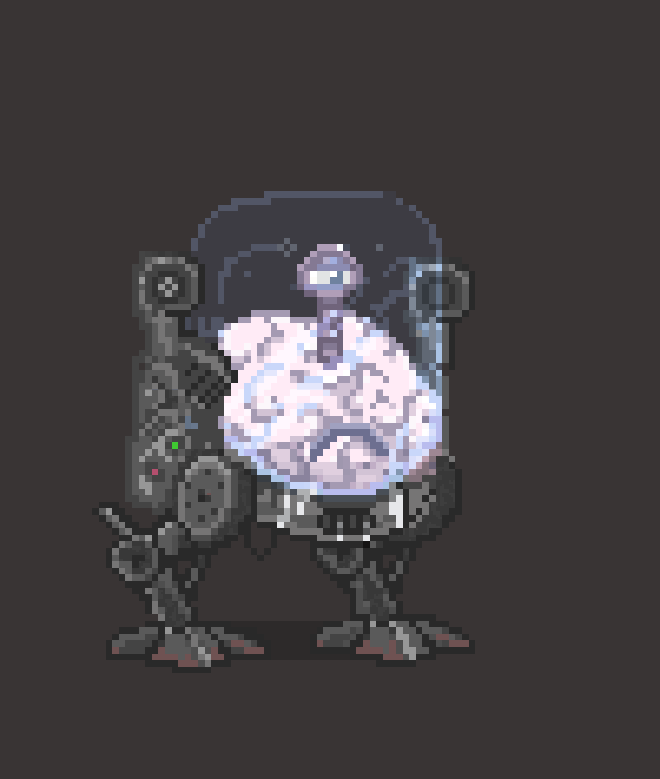
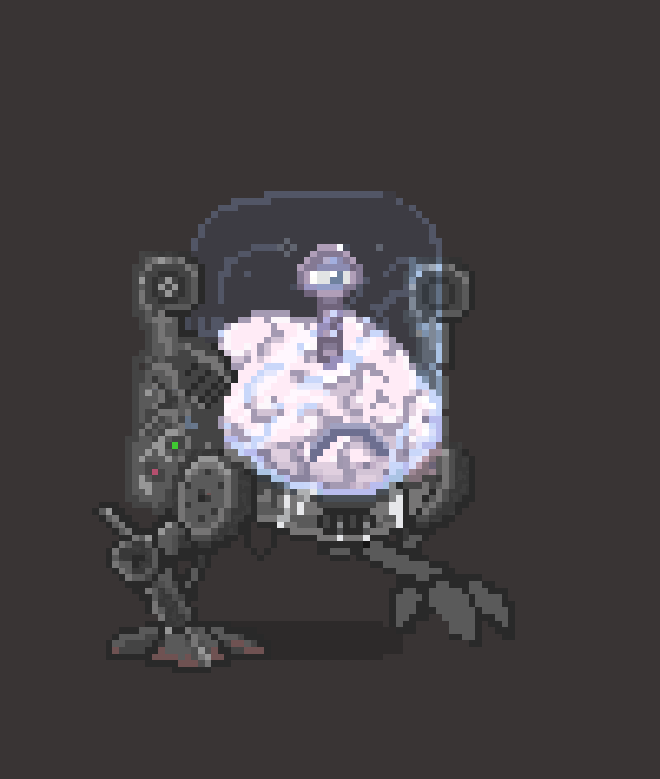
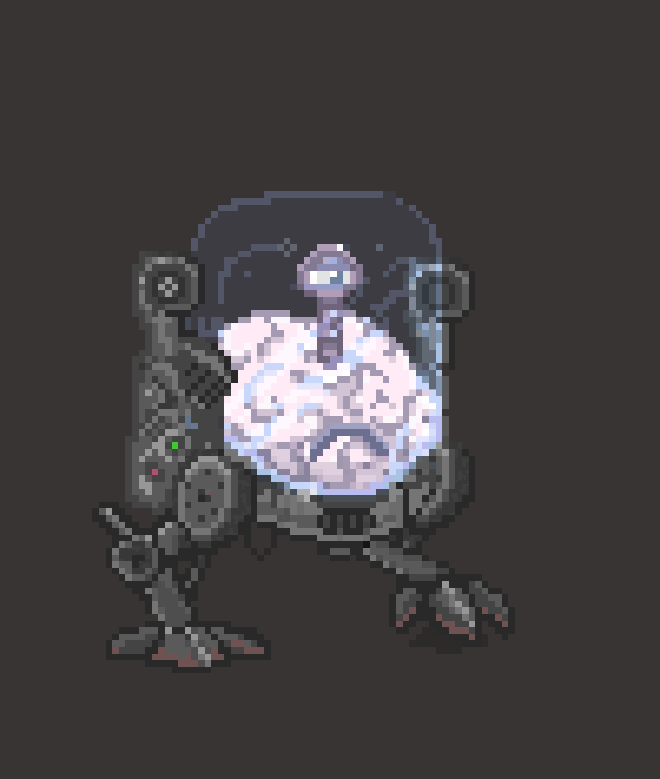
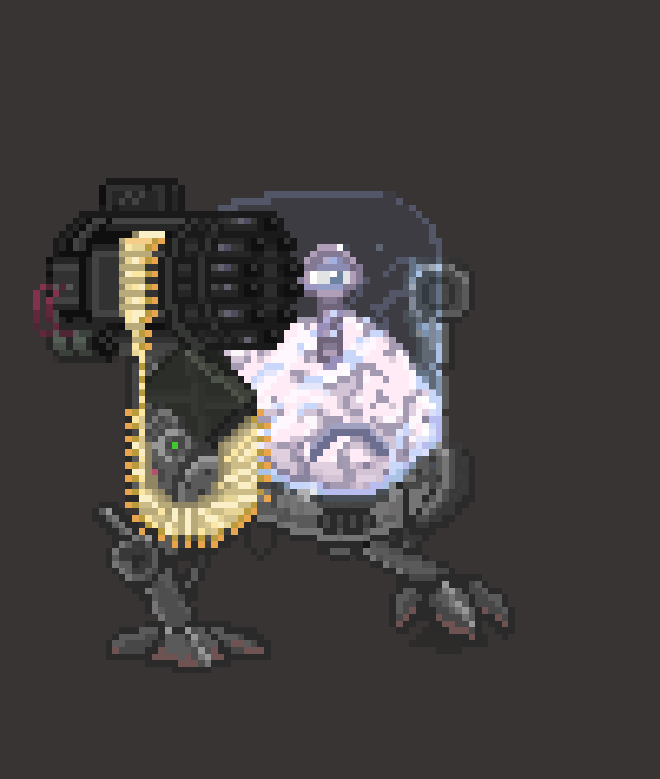
Utility with Unity #
Crafting these devilish systems in Unity was like riding a motorcycle through a hurricane of kitchen knives—especially for a lone developer who admittedly had far more ambition than manpower. This would later prove to be the impetus for me eventually migrating away from Unity in favor of Unreal (as well as, erm, other reasons).
The stealth mechanics alone were a high-wire act, balancing on the razor’s edge between player freedom and the cold, calculating logic of AI behavior. I was not just coding; I was conjuring a world that had to be believable enough to suck you in and deep enough to keep you drowning in its challenges. What a time to be alive.
Then there were the biometric readers—a labyrinthine puzzle within the game itself, demanding a framework as robust as it was cunning to handle the endless possibilities of player actions. Each system had to march lock-step with the others, from the slinking movements of our creature to the complex realization of assimilation and disguise. It was a symphony of code and chaos, where every note had to be pitch-perfect to weave this bloody, fang-filled tapestry.
Despite the herculean challenges, hammering away at Mimick was a labor drenched in sweat, love, and the occasional bout of batshit nuclear chimp rage with me screaming at a computer screen until my vision shook for the next 30 minutes. The lessons carved into my psyche during those wild development days continue to shape my craft. While Mimick itself might remain a shadow, the journey of its creation is a saga that has seared itself into the core of my being, forever altering the game designer I once was into the heavily battle-scarred berzerker I am now.
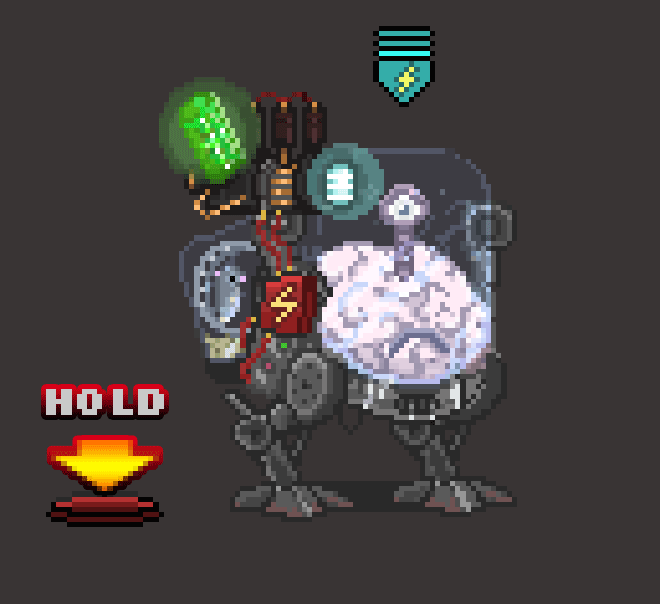
Ashes to Ashes #

As I gaze back through the twisted corridors of time at Mimick, a cocktail of nostalgia and affection swirling in my head, I’m slapped by the raw power of unbridled creativity and the wild, sprawling frontier of possibilities yet to be conquered. The road ahead, strewn with the next projects and pitfalls, doesn’t just whisper; it screams past me like a spectre from some lost civilization with it’s challenges. Yet, there’s a strange comfort in the arsenal of hard-fought lessons I’ve packed from my days in the trenches with Mimick, coupled with a rabid, unyielding passion to forge something not just new, but revolutionary. We’ve all had those lightning in a bottle moments, but they ultimately don’t mean squat if we don’t bring them to a conclusion, which I suppose is why I made this blog post. My story is but one of many, to be sure, but damn if it wasn’t a good one in the making.
Here’s to Mimick—my great unfinished symphony, possibly one of my biggest failures, a game that never crossed the finish line but forever races it’s way through my mind to this day. And here’s to the uncharted future, where I’ll channel every scrap of wisdom gleaned from that wild ride into whatever madness I dare to dream up next (and currently am). After all, in the chaotic, often brutal world of game development, it’s never just the destination that counts, but the hell-raising journey it takes to get there. How you live and how you learn to live with those lessons, well, that’s ultimately up to you to make the best of. You probably will.
Well, I hope you do too anyway.
G’nite.
